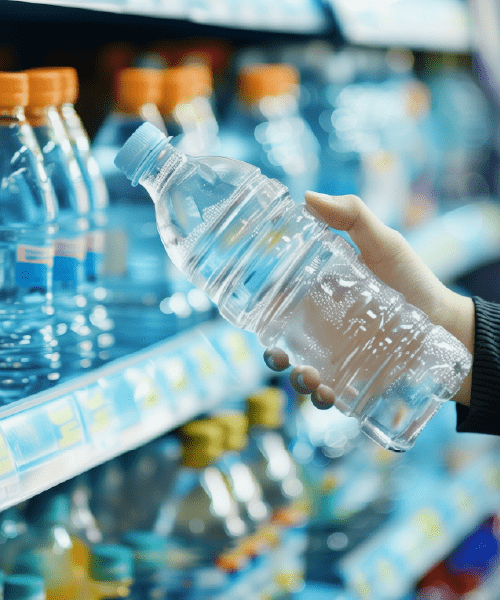Pyrolysis
Pyrolysis
Creating new resources to transform them into energy
Creating new resources to transform them into energy
Making the most of waste to create new resources is key in the development of technologies that improve daily life. Pyrolysis is an innovative process that converts materials such as plastics and organic waste into energy and useful products, reducing their accumulation and giving them a new function in diverse industries.
What is pyrolysis?
What is pyrolysis?
Pyrolysis is a process that uses high temperatures in an environment without oxygen to decompose materials without combustion. As a result, three main by-products are generated: gases, oils, and charcoal, which can be used in different industrial applications. For example, oils are used in the chemical industry and gas as an energy source.
How does pyrolysis work?
For pyrolysis to begin, the materials are heated to temperatures that range from 300 °C to 900 °C in the absence of oxygen, which prevents combustion and breaks down the molecules of the material. This process generates a mixture of gases, oils, and charcoal, whose proportion depends on the temperature and exposure time: at a lower temperature, more charcoal is obtained, while higher temperatures favor the generation of gases and oils. For example, in the energy sector, gas can be used as an alternative energy source, while oils can be used as a raw material in the chemical industry.
What is pyrolysis for?
What is pyrolysis for?
Pyrolysis converts waste that would normally end up in landfills into useful and reusable materials, thus favoring the reduction of waste. Its applications are diverse and useful in different sectors:
- Recycling of plastics
Through pyrolysis, plastics are converted into oils and chemical components that can be the basis to create new products or be used in specific industrial processes. - Generation of energy
The gases generated during pyrolysis can be used as an energy source in diverse industries. Its use diversifies the energy options in each sector and provides an alternative in processes that require gas, such as heat generation in industrial ovens or the drying of materials. - Agricultural applications
The pyrolysis of organic waste generates a solid by-product called biochar, a type of charcoal with multiple applications in agriculture. This biochar is incorporated into the soil to improve its quality, as it helps to retain nutrients and water.
Repsol and pyrolysis
Repsol and pyrolysis
At Repsol, we believe that technological innovation is a valuable tool to optimize the use of materials and reduce industrial and municipal waste. In different projects in Spain, we use pyrolysis as a technology to transform waste into usable energy sources. These initiatives are part of our roadmap towards a more efficient business model that contributes to the circular economy.
We recycle plastics through pyrolysis
At the Repsol Technology Lab, our research, development, and innovation center, we also carry out pyrolysis processes to recycle plastics. These are transformed into reusable chemical components, which reduces dependence on virgin materials, in other words, those unprocessed or of first extraction. This system reduces the demand for raw materials and promotes a continuous utilization model in industry.


